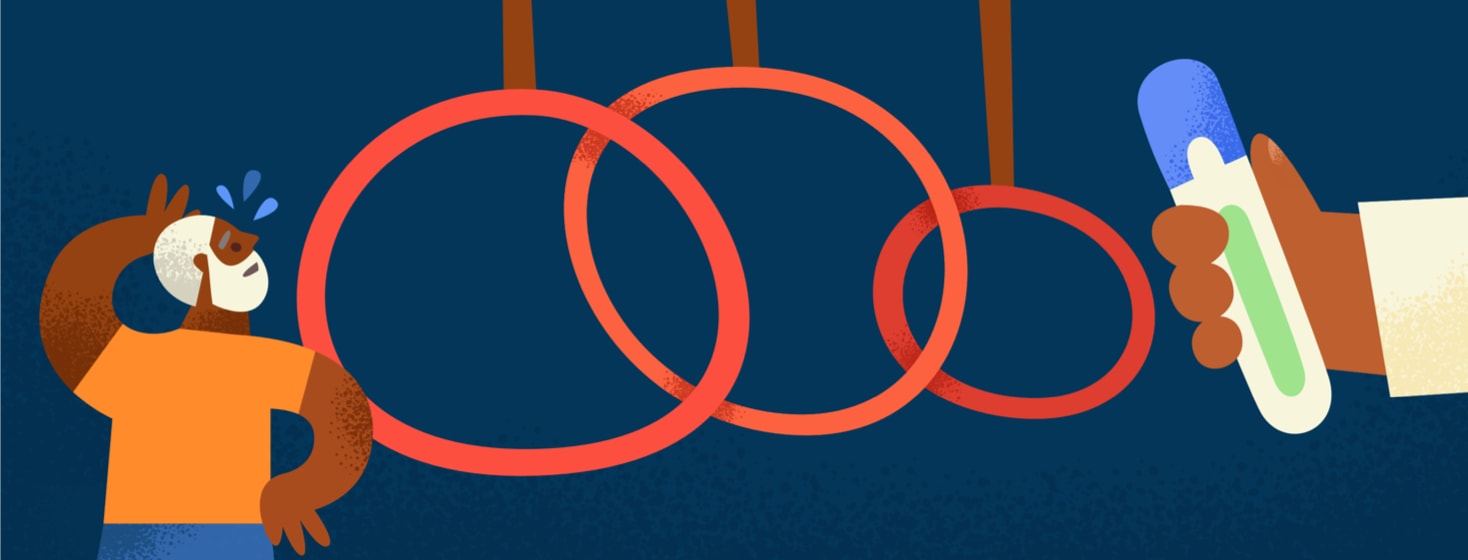Transitioning to a New Medicine: It's Not as Easy as You'd Think
Editor’s Note: This article was originally shared by our sister site, Psoriatic-Arthritis.com, and was written by Leanne Donaldson. As of 2022, the only biologic drug used in chronic hives is omalizumab.1
Like so many things about managing life with chronic hives, transitioning to a new medicine is much more complicated than you might think. If you happen to think it is an easy process, then perhaps you just might be one of the lucky few who have not lived through the experiences that many of us have.
In my case, I was changing from my fourth or maybe fifth biologic to the next one. You might think this would be easy, even a no-brainer. After all, I’m certainly not the first patient to transition from 1 medication to another. But there are quite a few things that many people don’t seem to understand.
The painful hoops of accessing new treatment
In order to switch medications, you must prove that the current medication isn’t working anymore. It isn’t enough to simply think that it isn’t working or even to tell the doctor that your fatigue level is too high.
This is because (in the U.S.) most insurance companies require proof that you have failed a medication in order to be approved to try something different. In addition, doctors usually like to “rule out” extenuating circumstances like temporary stressors that could have contributed to increased numbers of bad days.
You want me to wait how long?
As a result, a typical patient will likely experience at least 3-6 months of consistent or increasing symptoms in order to evaluate whether you have truly failed the medication. Or, to rule out if there were possibly other extenuating circumstances that may have triggered the flares. Sometimes it takes over 6 months to get an appointment for a medication reevaluation.
So let’s say it takes maybe 9 months for you, your doctor, and your insurance to simply decide it is time to try a new or different medication. But you can’t simply get prescribed the medicine and pick it up on the way home from the doctor appointment like you would an antibiotic. This is yet another thing many people don’t understand.
Is it really helping?
When it comes to biologic medications in particular, once you are actually able to get your hands on them, you have to follow the prescribed loading dose schedule. The schedule depends on the biologic.
So as I sit now, writing this up, it is 6 months later and I’m not sure yet if it is actually helping. But more to the point, I’ve spent just over a year and a half (yes, 19 months!) without any sort of effective treatment attempting to stop my disease progression.
I’ve lost so much
That means I’ve lost a year and a half of ground in this war against my chronic condition. I’ve lost countless hours of quality time with my children. My husband has lost the help of his partner (and some would argue, better half).
Birthdays, holidays, and even regular days have all gone by with me barely hanging on. My house has fallen apart around me. All because I needed to transition to a new medicine.
In case there’s still any doubt in your mind, I’ll make it clear. Transitioning to a new medication is not as easy as you’d think.

Join the conversation